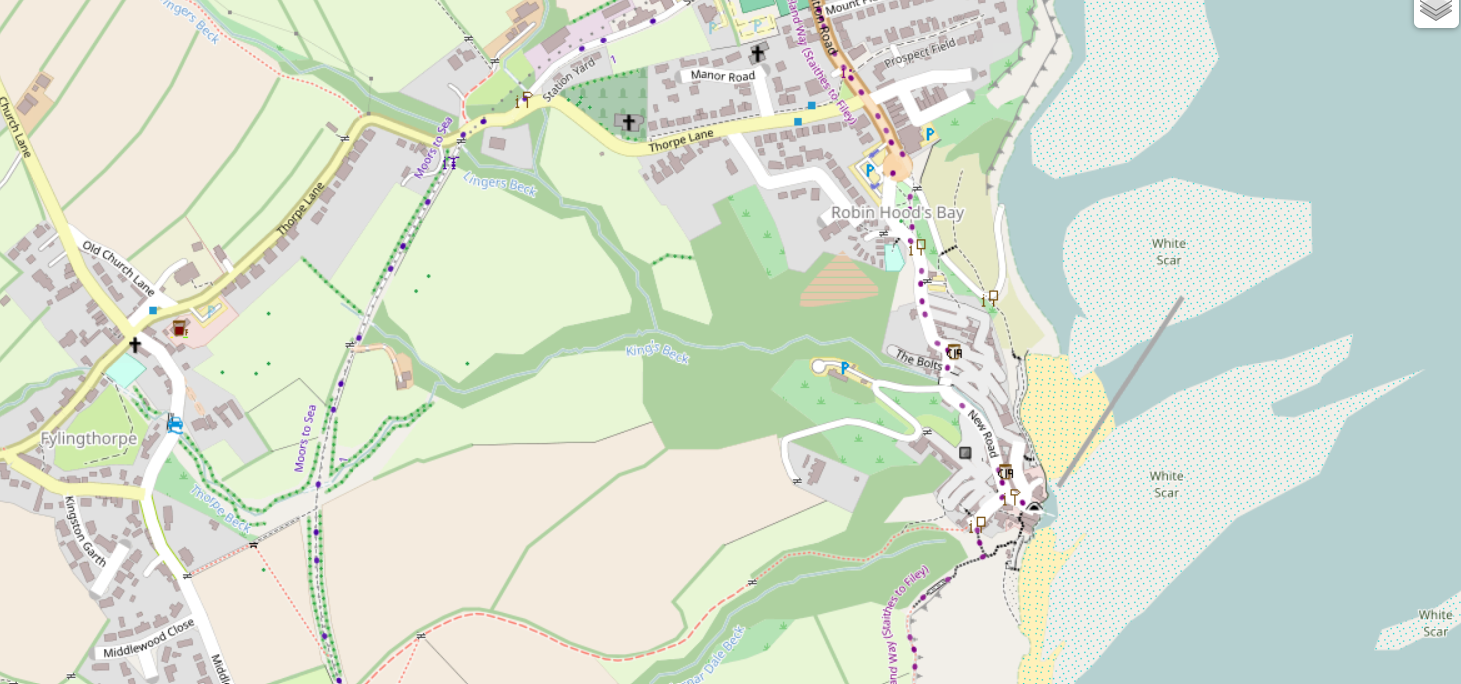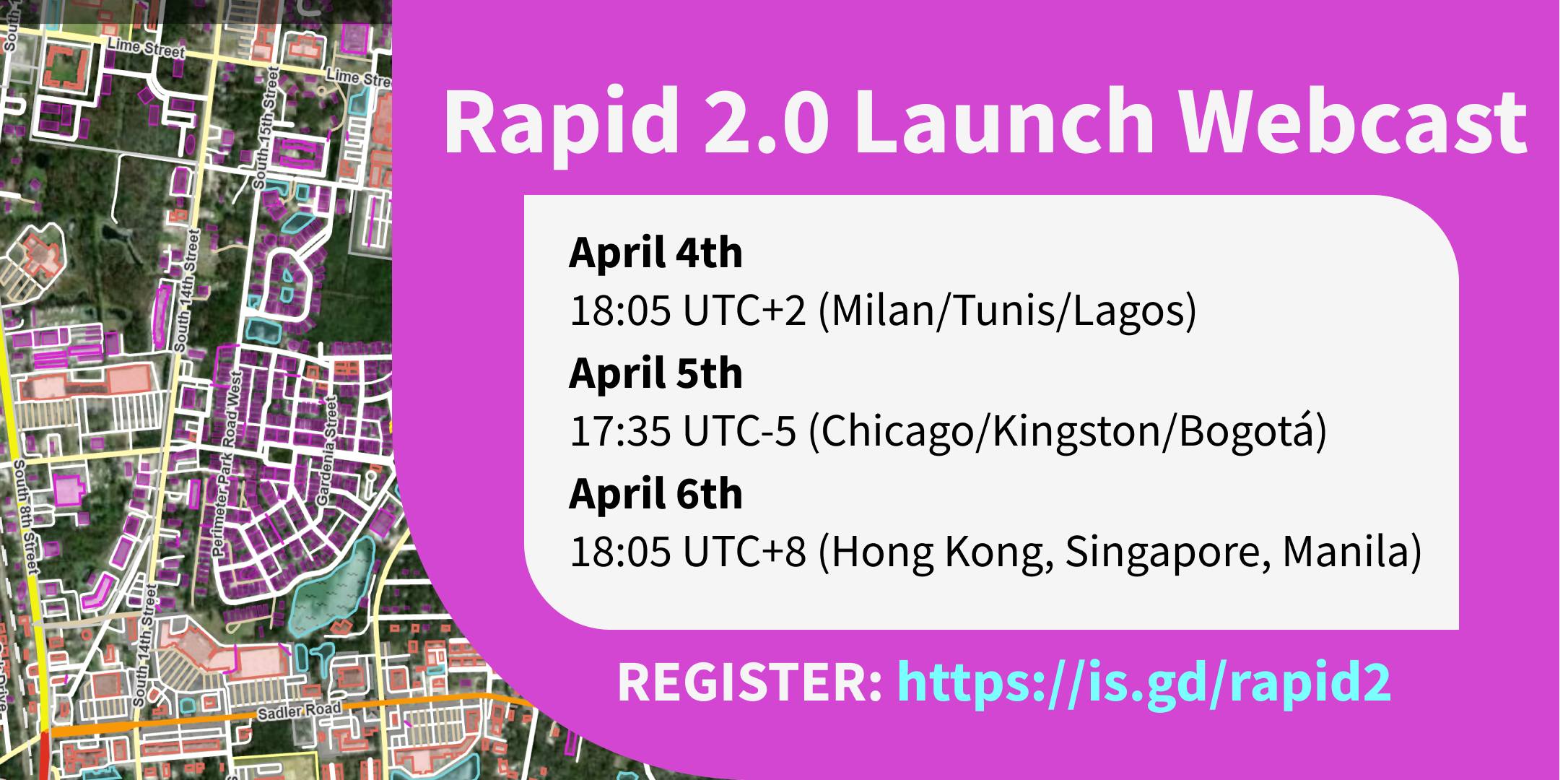Edit: The imagery, according to one commenter, needs permission from the governement to be able to use it, my bad for mentioning a WMS link that i though had an open license to it.
Edit 2: Someone uploaded the database of Montreal buildings. Thanks for everyone that helped.
i swear i might have a dream of me just adding buildings in OSM but can i like, get some help with adding the buildings because this is gonna take too long. if anybody is actually reading this then if you want to help me, add buildings using Geodesie Quebec satellite as its 100% accurate , you just need to add parameters for it to function as custom satellite. https://servicescarto.mern.gouv.qc.ca/pes/services/Territoire/RESEAU_GEODESIQUE_WMS/MapServer/WMSServer










